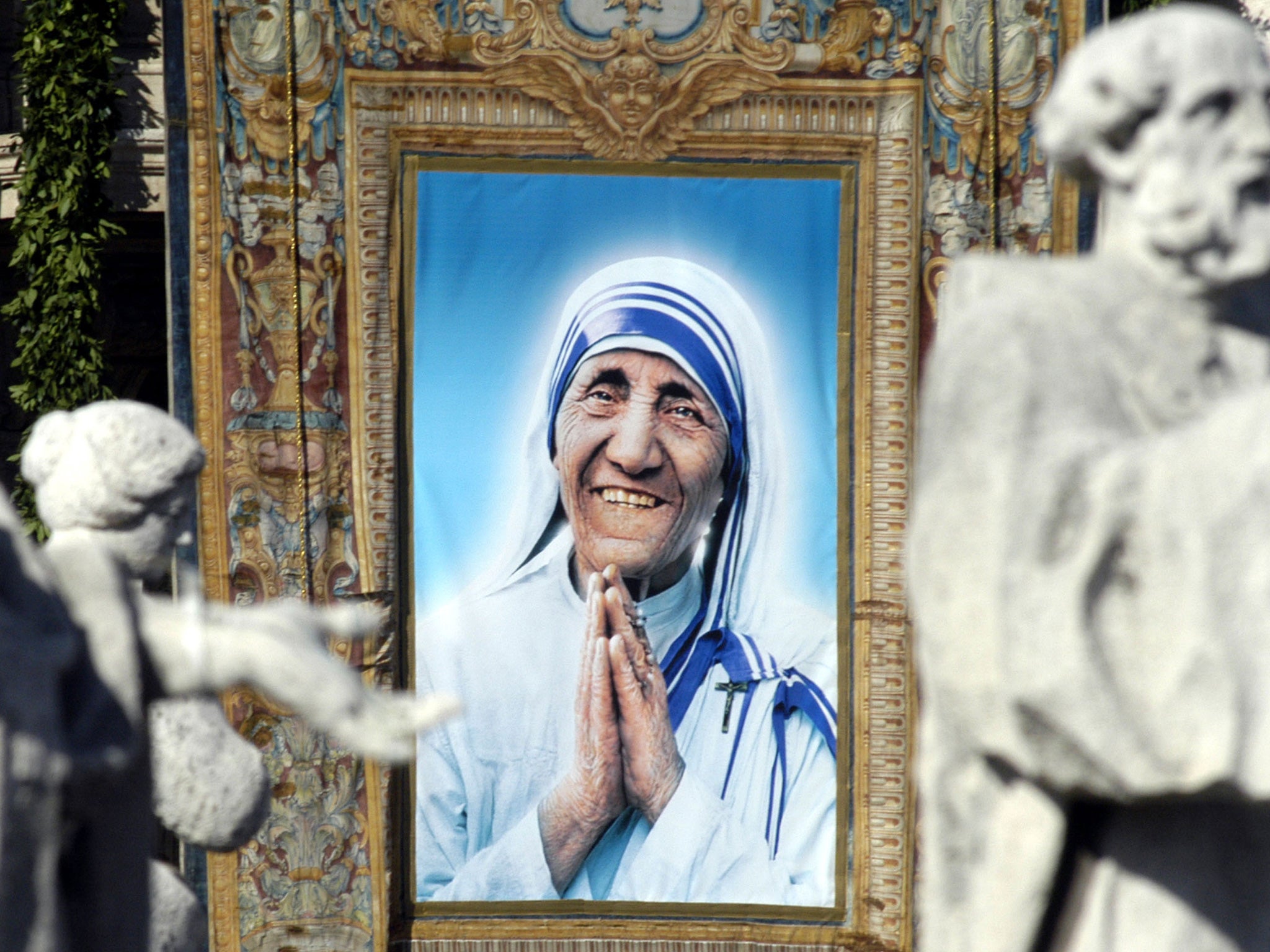How do you become a saint?
The journey to sainthood is a complex process which can take many years

Your support helps us to tell the story
From reproductive rights to climate change to Big Tech, The Independent is on the ground when the story is developing. Whether it's investigating the financials of Elon Musk's pro-Trump PAC or producing our latest documentary, 'The A Word', which shines a light on the American women fighting for reproductive rights, we know how important it is to parse out the facts from the messaging.
At such a critical moment in US history, we need reporters on the ground. Your donation allows us to keep sending journalists to speak to both sides of the story.
The Independent is trusted by Americans across the entire political spectrum. And unlike many other quality news outlets, we choose not to lock Americans out of our reporting and analysis with paywalls. We believe quality journalism should be available to everyone, paid for by those who can afford it.
Your support makes all the difference.Mother Theresa, one of the most famous holy women of recent years, is due to be recognised as a saint by the Catholic Church. This process, known as canonisation, is complex and can take many years, even centuries to complete.
People who become saints do not intend to become recognised as such. Instead, they are considered devoutly religious people who have dedicated their lives to their faith and doing its works.
There are several stages to sainthood.
Firstly, the person’s life is investigated by a bishop, usually of the deceased’s diocese. This is usually done five years after the death of the person, to allow for calm reflection on their life, works and writings. The bishop will look for evidence of a life lived devoutly and virtuously.
Then, the evidence is submitted to a panel – known as the Congregation for the Causes of Saints - for further consideration. They will ensure none of the person’s writings or works go against the teachings of the Church. They may also interview witnesses who knew the person.
When a person is formally considered for sainthood, they are known as a ‘Servant of God’.
This Congregation will further investigate the evidence presented by the bishop. On their approval, the Pope will then decide if the person was of ‘heroic virtue’. If the Pope decides this is the case, the person is declared ‘venerable’ and is a step closer to sainthood.
It is possible to be considered ‘venerable’ but not to become a saint because of the next stage in the process: miracles.
Saints must have two miracles attributed to them across two stages in order to be canonised. These are usually mysterious medical recoveries which cannot be explained by science. Doctors are consulted in this process.
One of the miracles attributed to Edith Stein, also known as Saint Teresa Benedicta of the Cross, involved a young girl. In 1987 the child suffered from liver damage which led to a continual decline in her health. However, her father, a priest, reportedly prayed for the intervention of Saint Teresa and the child made a ‘miraculous’ recovery. The Congregation for the Causes of the Saints decided in 1998 that as the recovery lacked any other explanation, it must have been due to Saint Teresa.
Once a miracle has been attributed to the person, they can be beatified – a papal statement which declares the deceased is in a ‘state of bliss’ and a significant step towards full sainthood. The person is given the title ‘blessed’.
However, if a candidate for sainthood his considered a martyr, because they died for their faith, they do not need to be associated with miracles.
To complete the process and be canonised, a second miracle must be performed, after beatification. This is seen as the hardest step in the process to sainthood. However, it can be waived by the Pope.
Canonisation ceremonies usually take place in St Peter’s Square in Vatican City and can attract many thousands of people.
Join our commenting forum
Join thought-provoking conversations, follow other Independent readers and see their replies
Comments